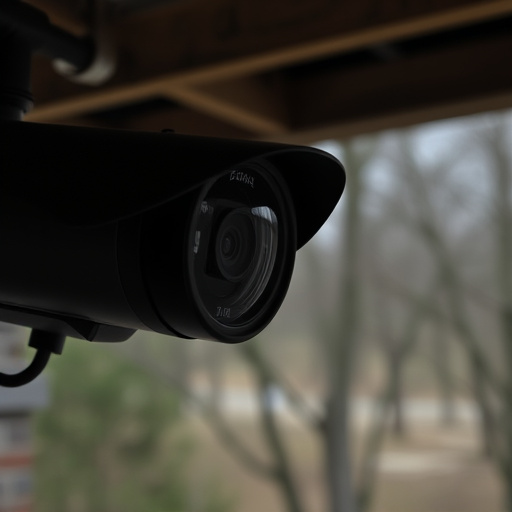Wireless spy cameras, with their cloud storage integration, revolutionize surveillance by offering secrecy and accessibility. These compact devices transmit footage wirelessly through cellular networks or Wi-Fi, enabling real-time monitoring from anywhere with internet access. RF technology helps detect hidden camera transmissions, while cloud storage provides backup, encryption, and remote access to video feeds, enhancing security in today's digital era.
Uncover the hidden dangers of wireless spy cameras with this comprehensive guide. Learn how RF detector sweeps can expose secret recordings devices, offering a crucial tool for privacy protection. We delve into the inner workings of these covert trackers, exploring RF technology and its ability to detect hidden cameras. Additionally, discover the role of cloud storage in their operations, providing insights to stay ahead in this modern-day surveillance landscape.
- Understanding Wireless Spy Cameras
- Detecting Hidden Cameras Using RF Technology
- Cloud Storage and its Role in Spy Camera Operations
Understanding Wireless Spy Cameras
Wireless spy cameras have revolutionized surveillance, offering a level of covertness and accessibility that traditional camera systems cannot match. These compact devices are designed to transmit footage wirelessly, often through cellular networks or Wi-Fi, directly to a remote server or device. One of the most insidious aspects is their ability to utilize cloud storage, allowing access from anywhere with an internet connection. This feature enables real-time monitoring and easy retrieval of recorded data, making them a popular choice for both personal and professional use.
The integration of wireless technology in spy cameras has made it possible to set up hidden surveillance without the need for complex wiring or physical connections. They can be easily positioned in hard-to-reach areas or locations where power sources are limited, making them versatile tools for various applications. Understanding how these devices operate is crucial when aiming to detect and counteract their use, especially with the increasing prevalence of cloud-based storage solutions.
Detecting Hidden Cameras Using RF Technology
Hidden cameras, often referred to as wireless spy cameras, have become a common concern in today’s digital era. One effective way to detect these elusive devices is through Radio Frequency (RF) technology. RF detectors are designed to sweep and analyze signals, helping users pinpoint the source of any hidden camera’s wireless transmission.
By utilizing this technology, individuals can gain peace of mind by ensuring their privacy is not invaded through cloud storage or other remote access methods employed by these spy cameras. The process involves scanning a wide range of RF frequencies to detect unusual signal patterns that might indicate the presence of a hidden camera. This method offers a proactive approach to security, allowing users to take immediate action against potential privacy breaches.
Cloud Storage and its Role in Spy Camera Operations
Cloud storage has become an integral part of modern surveillance and spy camera operations, especially for wireless spy cameras. This technology enables real-time access and remote monitoring of video feeds captured by hidden cameras. By storing footage online, users can view and manage their surveillance data from anywhere with an internet connection.
For instance, when a wireless spy camera detects motion or is triggered, it automatically uploads the resulting video clips to its cloud storage account. This ensures that even if the device itself is inaccessible, the user can still review captured footage at their convenience. Cloud storage also offers additional benefits such as backup and encryption, safeguarding critical data from potential loss or unauthorized access.
In conclusion, understanding how to detect hidden cameras using RF technology is a valuable skill in today’s digital era. By combining knowledge of wireless spy cameras and leveraging cloud storage for efficient data management, individuals can stay ahead of potential privacy breaches. This tutorial provides a comprehensive guide to navigating these sophisticated devices, empowering folks with the tools they need to protect their personal and professional spaces from unsanctioned surveillance.
